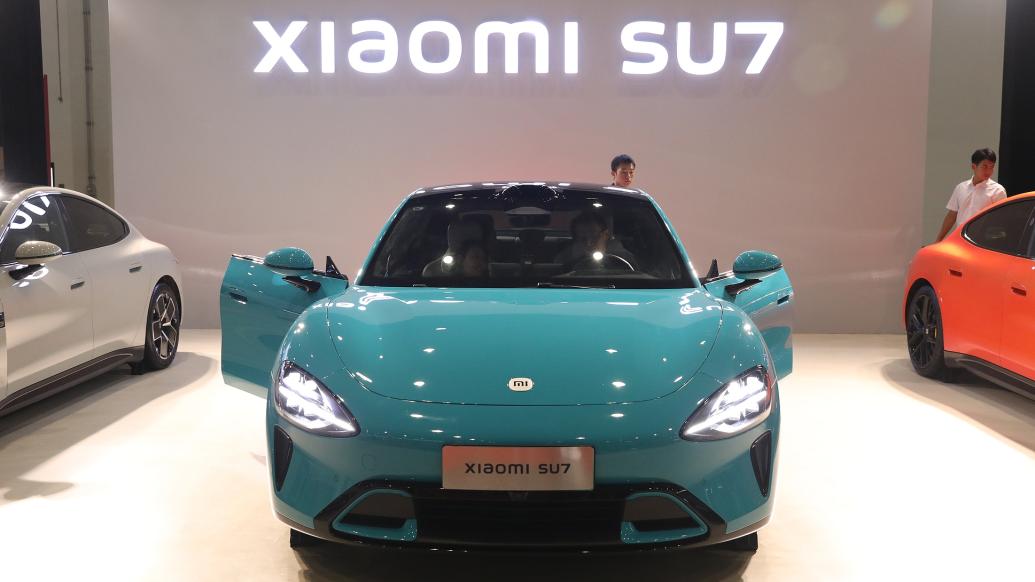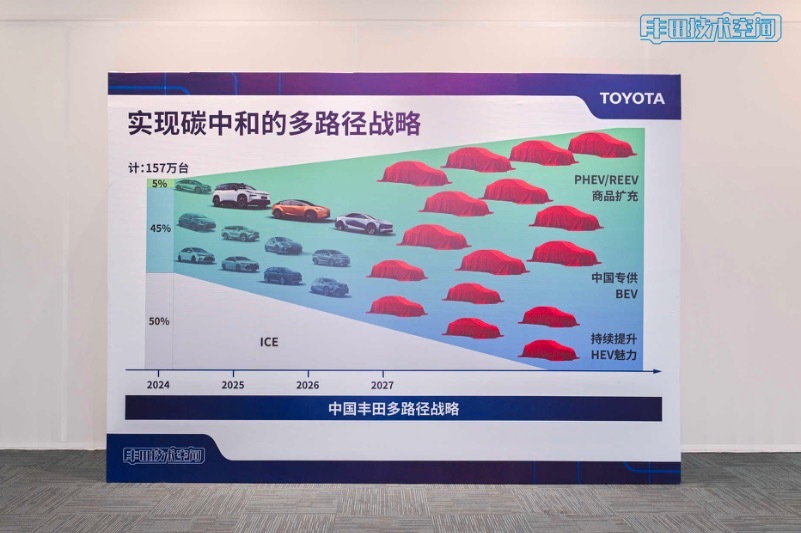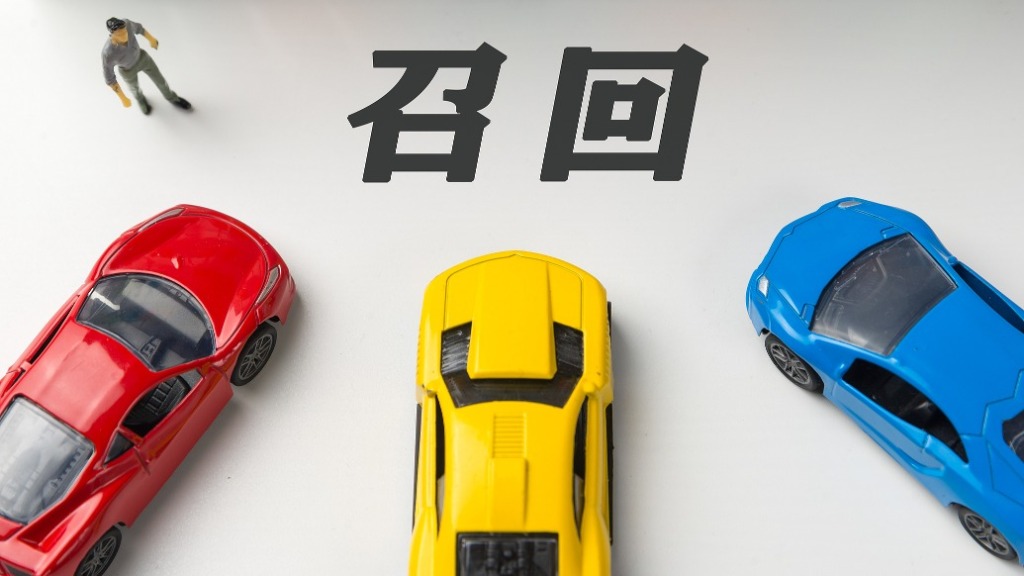
Ford CEO Jim Farley recently sparked domestic media attention with his remarks about electric vehicles in China.
During an interview on a show called “Everything Electric Show,” which has 104,000 subscribers, Farley revealed that he has been driving the Xiaomi SU7 for the past six months and expressed his reluctance to switch cars.

The Xiaomi SU7 exhibit on October 1, 2024.
This year, Farley visited China. An article published by The Wall Street Journal two months ago, titled "What Scared Ford's CEO in China?" indicated that Farley and other Ford executives had made a series of visits to China over the past eighteen months. During these visits, they realized that China's electric vehicle revolution is reshaping the global automotive market at an unexpected speed, and that Chinese automakers are leading the competition in the electric vehicle sector.
According to reports, shortly after the inspection, Farley arranged for several Chinese brands' electric vehicles, including those from Xiaomi and Li Auto, to be transported to Ford's headquarters in Michigan for the company's executives to experience. Insiders at Ford were reportedly astonished by the diverse features of Chinese electric vehicles.
One of the cars was Xiaomi's first electric vehicle (affectionately dubbed the "people's version of Porsche" by netizens), priced between $30,000 and $40,000, which is lower than the Ford Mustang's price tag. The Xiaomi vehicle comes equipped with a fragrance diffuser and an infotainment system, and its smart connectivity features enable integration with smart home devices, allowing users to control home appliances remotely, like turning on lights or air conditioning, through the in-car infotainment system.
The Xiaomi SU7, which Farley is so fond of, has achieved over ten thousand unit deliveries in the Chinese market for four consecutive months. In China, the official price range for the Xiaomi SU7 is between ¥215,900 and ¥299,900.
Farley noted that similar products are simply not available in the U.S. He believes that Chinese electric vehicle manufacturers are leveraging efficient supply chains to offer better products at lower prices, while rapidly capturing overseas markets.
The low-cost competition from China is sweeping across the global automotive market. Not only Jim Farley, but Japanese automakers are also urgently searching for the secret behind the affordability and quality of Chinese vehicles, and their approach involves disassembling cars.
According to a recent report by Nikkei, Japan's Ministry of Economy, Trade and Industry held a workshop this October to share insights on pure electric vehicle technology, attracting around 70 automotive component companies from central Japan. They visited facilities that showcase EV disassembly to learn about the body structure and component design characteristics of Chinese electric vehicles.
One of the most discussed topics among participants was how the BYD ATTO 3 (overseas name for Yuan PLUS) can be produced at such a low cost. The BYD ATTO 3 is priced at about ¥140,000, with global sales reaching several hundred thousand units.
Through disassembly, the Japanese discovered that one of the characteristics of the ATTO 3 is the integration of its components. Furthermore, the ATTO 3 promotes component sharing with other models and aims for self-sufficient production, reducing the cost of mass-produced components by scaling up vehicle sales.
In addition to BYD, Nagoya University had previously disassembled the Wuling Hongguang MINI EV.
Moreover, Japan's largest publisher, Nikkei BP, purchased a BYD Seal for disassembly and publicly released the entire process through various media formats, including texts, images, videos, and books. Purchasing just the book costs ¥880,000, roughly equivalent to ¥45,000, and for detailed online services, one would need to pay ¥1,320,000, about ¥67,400.
In Farley's latest interview, the host and Farley also discussed some lighter topics. Their conversation began with Farley’s recent road trip, where he noted that Europe has more convenient charging services compared to the U.S., making it frustrating for non-Tesla owners to charge their electric vehicles. The host pointed out that despite this, in some European countries, like France, charging costs can be surprisingly high. Besides this, they touched upon how each country has its unique driving culture, with Italy standing out in particular.
For the majority of the remaining time, however, they returned to the serious topic at hand.
Faced with competition from Chinese electric vehicles, how can Ford establish its own advantages? Reflecting on the emergence of Japanese and South Korean automakers, represented by Toyota in the 1990s, it is clear that Ford has no desire to repeat that history.


